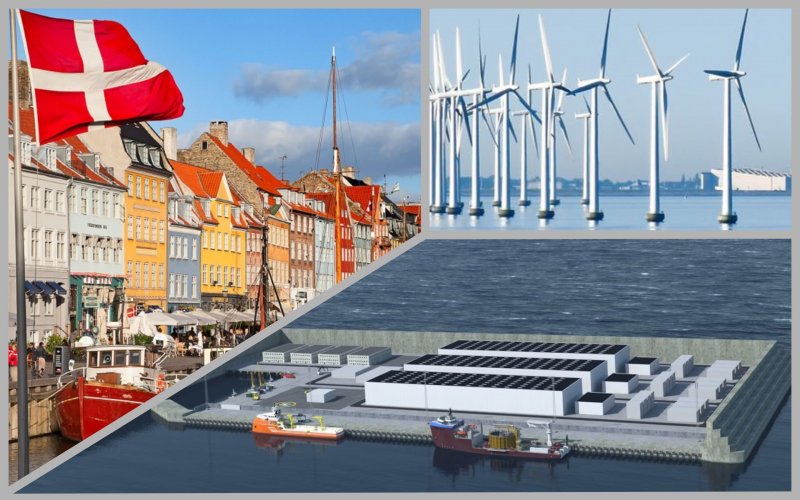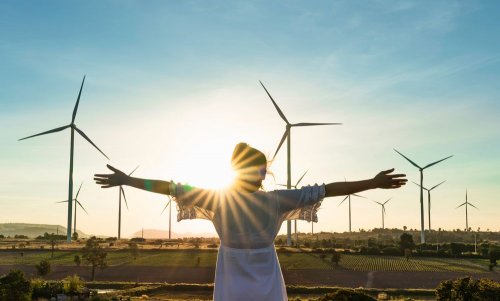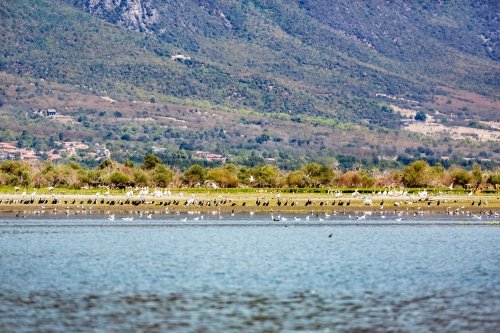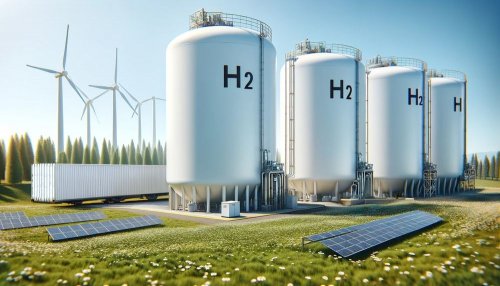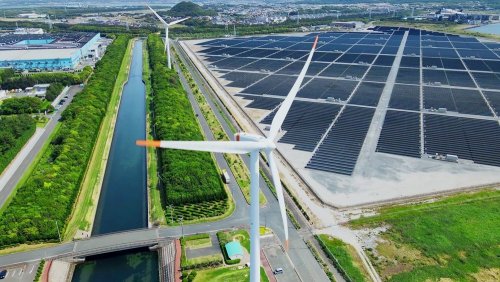Denmark will build two new energy islands in the North and Baltic Seas, which will be able to provide wind energy, and in the future green hydrogen, to several countries.
Jacob Ostergaard, professor and head of the department of wind energy at the Technical University of Denmark, called this project a completely new type of energy system, reports Business Insider.
The material stressed that this will accelerate the green transition of Europe. And themselves the projects signal a new integrated approach to renewable energy production.
The artificial island will be located in the North Sea, 100 km from mainland Denmark. The authors noted that it will have the potential to supply electricity to the Netherlands, the UK and Belgium, which was not possible before. This will help the EU achieve climate goals and reduce dependence on Russian gas.
The island will initially supply 3 GW of electricity and then 10 GW. The hub will house high-voltage equipment for collecting and converting electricity from AC to DC. This will allow energy to be transmitted over much longer distances.
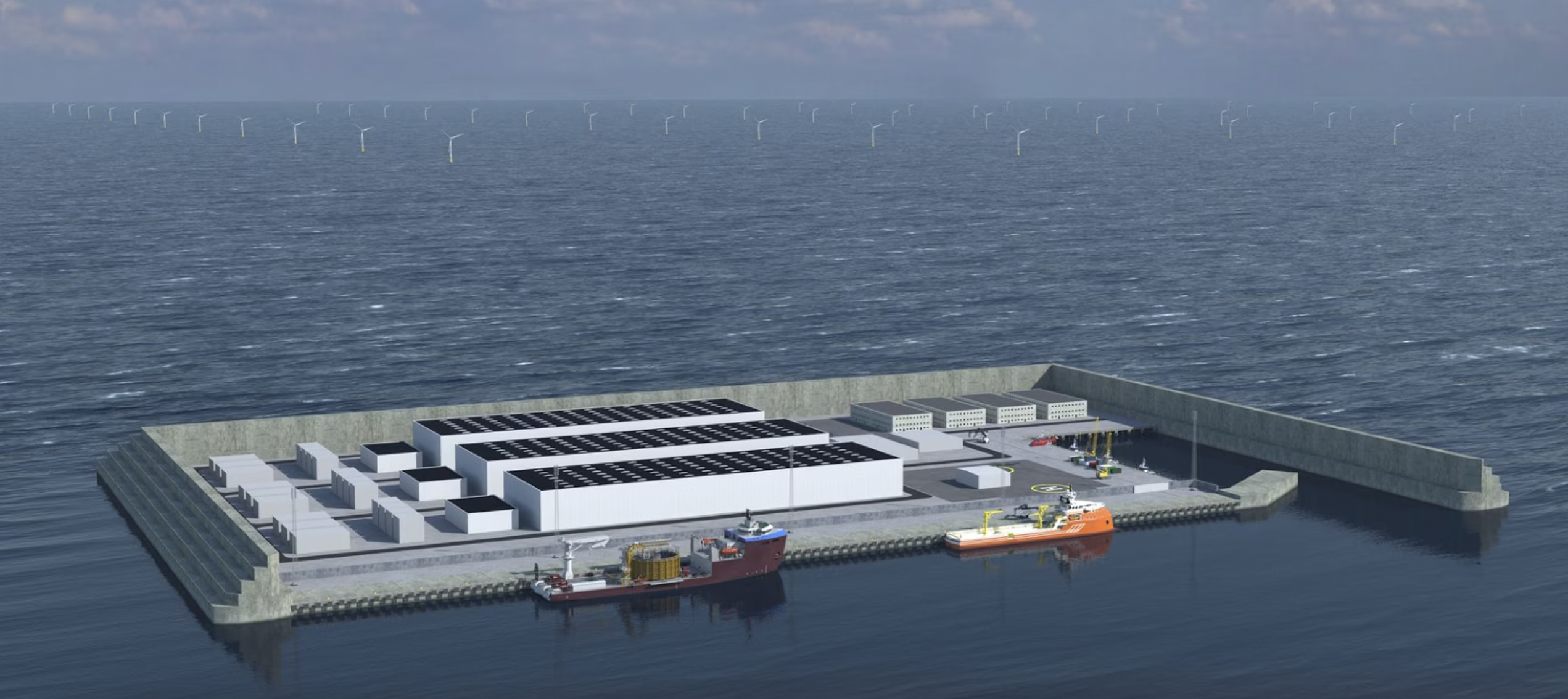
The authors noted that the construction of the island will cost about €28 billion. It consists of a central hub of steel, concrete and sand that will be surrounded by a series of platforms and wind turbines. In all likelihood, there will also be accommodation on the island for short-stay workers.
The material emphasized that the island of Bornholm in Baltic Sea will be of the same scale and in the future can supply electricity to Germany and Sweden. The island is home to 39 thousand people, 85% of whom support such a project. It will consist of a transformer station on the south side and a network of wind turbines.
“Most traditional offshore wind farms transmit electricity directly to the mainland. Although interconnecting networks have facilitated some electricity trade, the possibilities for sharing wind energy between countries are limited. This means that excess wind energy can sometimes go to waste,” the material says.
Hanne Storm Edlefsen, director of energy islands at the Danish electricity operator Energinet, which manages the project, said energy islands will be innovative technology steps in the competition for an integrated high-voltage power system in the North and Baltic Seas.
“The islands will enable huge amounts of offshore wind power to be harvested and transferred over long distances to decarbonise energy use even in European countries with limited or no land access,” she said.
Edelfsen explained that the DC transmission would allow energy islands to be built much farther out to sea than traditional offshore wind farms. It also means that energy islands will be able to connect with more than one country and energy market at the same time.
Ostergaard noted that the first islands could be gradually expanded to develop an offshore network infrastructure with multiple nodes.
"If you want to harvest power offshore, it's much more efficient to collect the power in concentrators and then transfer it to shore instead of having many individual cables from each wind farm going ashore," he said.
The material noted that on the energy islands it is possible to produce green hydrogen for heavy industry, aviation and shipping. This is especially true for the island of Bornholm, through which about 60,000 ships pass annually. In addition, hydrogen can be transported through pipelines on the seabed.
Earlier, EcoPolitic wrote, that Denmark accelerated the construction of two energy islands off the coast to help wean the country off Russian fossil fuels in response to the war in Ukraine.
As EcoPolitic reported earlier, Germany and Denmark plan to build in the Baltic Sea wind energy hub Bornholm Energy Island, which will have a capacity of more than 3 gigawatts.

